|
|
|



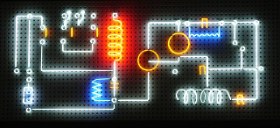
Electronics
is a branch of science and technology that deals with the controlled
flow of electrons. The ability to control electron flow is usually
applied to information handling or device control. Electronics is
distinct from electrical science and technology, which deals with the
generation, distribution, control and application of electrical power.
This distinction started around 1906 with the invention by Lee De
Forest of the triode, which made electrical amplification possible with
a non-mechanical device. Until 1950 this field was called "radio
technology" because its principal application was the design and theory
of radio transmitters, receivers and vacuum tubes. |
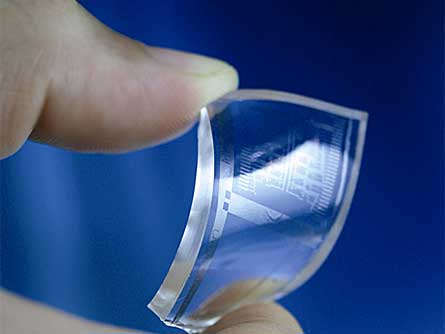
Most
electronic devices today use semiconductor components to perform
electron control. The study of semiconductor devices and related
technology is considered a branch of physics, whereas the design and
construction of electronic circuits to solve practical problems come
under electronics engineering. This article focuses on engineering
aspects of electronics. |

An
electronic component is any physical entity in an electronic system
used to affect the electrons or their associated fields in a desired
manner consistent with the intended function of the electronic system.
Components are generally intended to be connected together, usually by
being soldered to a printed circuit board (PCB), to create an
electronic circuit with a particular function (for example an
amplifier, radio receiver, or oscillator). Components may be packaged
singly or in more complex groups as integrated circuits. Some common
electronic components are capacitors, resistors, diodes, transistors,
etc. |
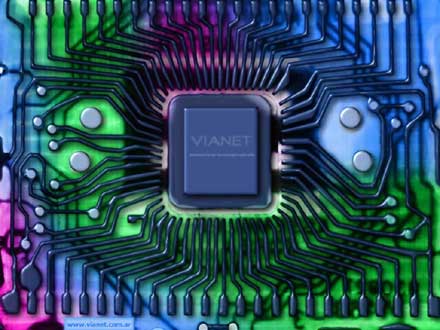
Circuits
and components can be divided into two groups: analog and digital. A
particular device may consist of circuitry that has one or the other or
a mix of the two types |

Most
analog electronic appliances, such as radio receivers, are constructed
from combinations of a few types of basic circuits. Analog circuits use
a continuous range of voltage as opposed to discrete levels as in
digital circuits. |
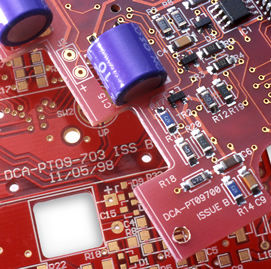
The
number of different analog circuits so far devised is huge, especially
because a 'circuit' can be defined as anything from a single component,
to systems containing thousands of components. |

ApplicationsCalculate Inductive Reactance (XL) from Frequency and Inductance Calculate Inductance from XL and Frequency Tapped Hartley VFO Inductor Tap Points Calculator
|
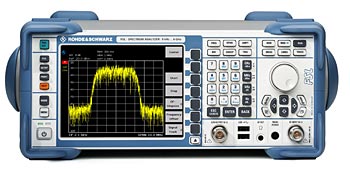
| Analog circuits Analog
circuits are sometimes called linear circuits although many non-linear
effects are used in analog circuits such as mixers, modulators, etc.
Good examples of analog circuits include vacuum tube and transistor
amplifiers, operational amplifiers and oscillators. One
rarely finds modern circuits that are entirely analog. These days
analog circuitry may use digital or even microprocessor techniques to
improve performance. This type of circuit is usually called "mixed
signal" rather than analog or digital. Sometimes
it may be difficult to differentiate between analog and digital
circuits as they have elements of both linear and non-linear operation.
An example is the comparator which takes in a continuous range of
voltage but only outputs one of two levels as in a digital circuit.
Similarly, an overdriven transistor amplifier can take on the
characteristics of a controlled switch having essentially two levels of
output. |
| Digital circuits Digital
circuits are electric circuits based on a number of discrete voltage
levels. Digital circuits are the most common physical representation of
Boolean algebra and are the basis of all digital computers. To most
engineers, the terms "digital circuit", "digital system" and "logic"
are interchangeable in the context of digital circuits. Most digital
circuits use two voltage levels labeled "Low"(0) and "High"(1). Often
"Low" will be near zero volts and "High" will be at a higher level
depending on the supply voltage in use. Ternary (with three states)
logic has been studied, and some prototype computers made. Computers,
electronic clocks, and programmable logic controllers (used to control
industrial processes) are constructed of digital circuits. Digital
Signal Processors are another example. Building-blocks: * Logic gates * Adders * Binary Multipliers * Flip-Flops * Counters * Registers * Multiplexers * Schmitt triggers Highly integrated devices: * Microprocessors * Microcontrollers * Application-specific integrated circuit (ASIC) * Digital signal processor (DSP) * Field-programmable gate array (FPGA) |

Mathematical
methods are integral to the study of electronics. To become proficient
in electronics it is also necessary to become proficient in the
mathematics of circuit analysis. Circuit
analysis is the study of methods of solving generally linear systems
for unknown variables such as the voltage at a certain node or the
current through a certain branch of a network. A common analytical tool
for this is the SPICE circuit simulator. Also important to electronics is the study and understanding of electromagnetic field theory. |
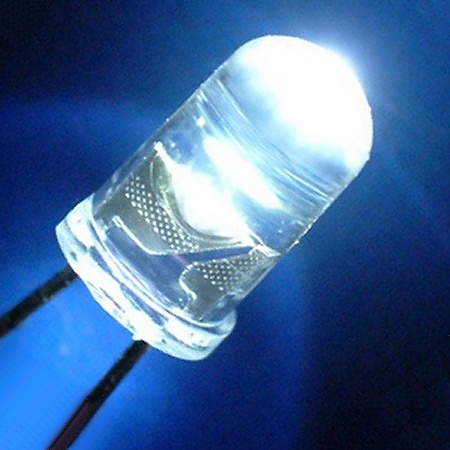
Many
different methods of connecting components have been used over the
years. For instance, early electronics often used point to point wiring
with components attached to wooden breadboards to construct circuits.
Cordwood construction and wire wraps were other methods used. Most
modern day electronics now use printed circuit boards made of materials
such as FR4, or the cheaper (and less hard-wearing) Synthetic Resin
Bonded Paper (SRBP, also known as Paxoline/Paxolin (trade marks) and
FR2) - characterised by its light yellow-to-brown colour. Health and
environmental concerns associated with electronics assembly have gained
increased attention in recent years, especially for products destined
to the European Union, with its Restriction of Hazardous Substances
Directive (RoHS) and Waste Electrical and Electronic Equipment
Directive (WEEE), which went into force in July 2006. |

